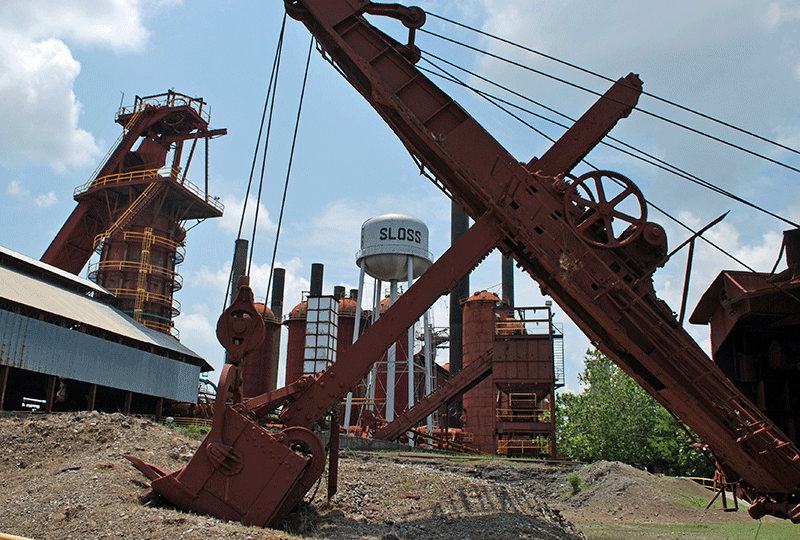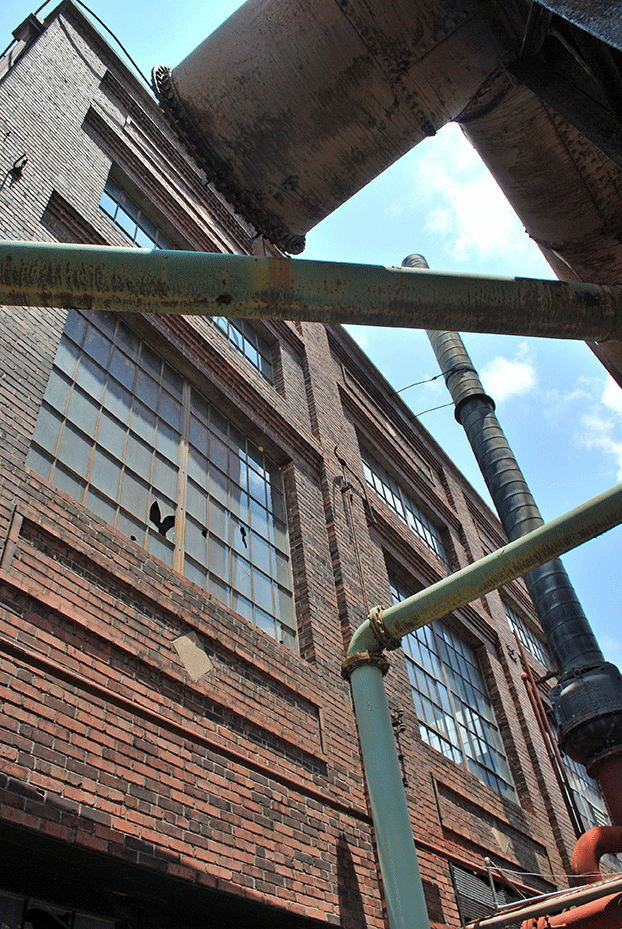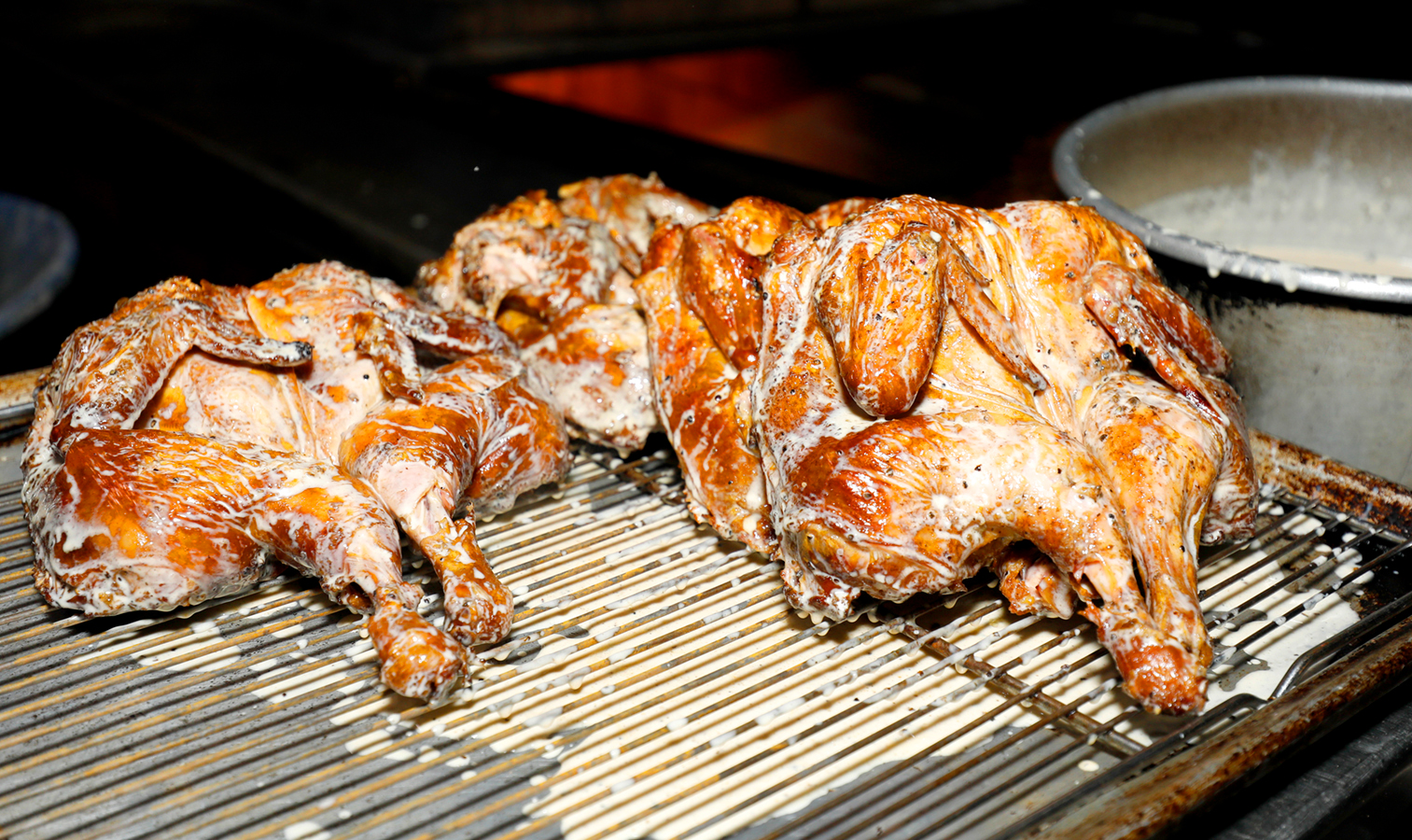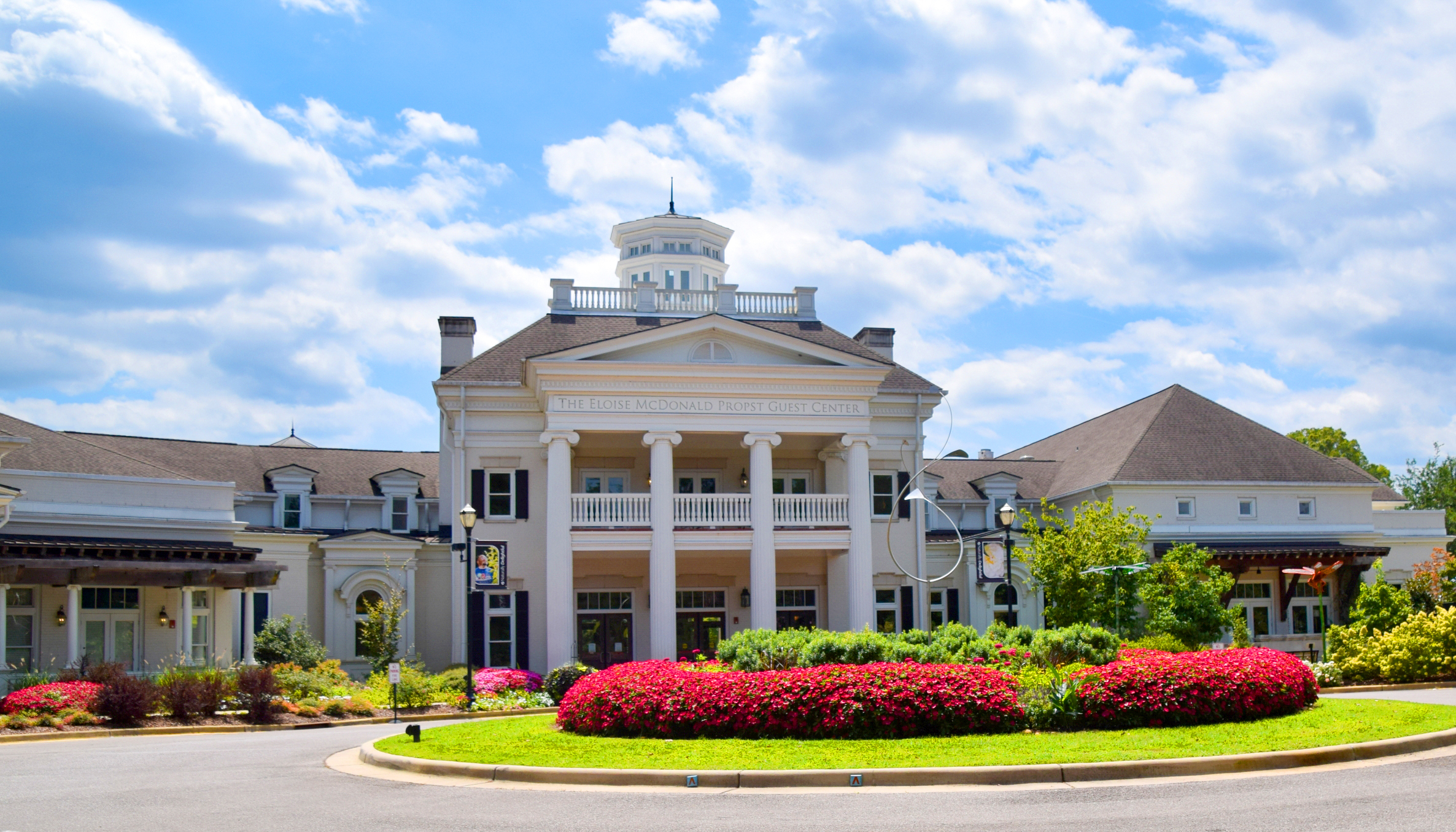Story and photos by Marilyn Jones

“Fright Furnace” every October.
Sloss Furnaces, Birmingham pig iron-producing blast furnaces from 1882 to 1971, is a designated National Historic Landmark. It also has a reputation as being one of the most haunted locations in Alabama and is listed as one of the top 100 places in the world for paranormal activity.
As I waited for the museum to open on a recent Sunday, I met a couple from Ohio. The husband said he enjoyed learning about industry and how different factories worked. Nearby several young adults congregated along with a man and two young boys.
At noon, Shirley Bevels opened the gate and we all filed in. There is no admission for self-guided tours, so everyone picked up a map and started to explore.
I had watched “Ghost Hunters” and “Ghost Adventures” as they investigated the furnaces from the comfort of my living room, and listened to the electronic voice phenomena (EVP) they collected and watched video evidence of spirits lingering among the metal and abandoned buildings, but this was broad daylight and there were others touring the site along with me. What was there to be afraid of?
Sloss Furnace and its role in Birmingham history

Historic Landmark, has
the reputation for being
one of the most haunted places in Alabama.
Birmingham was born following the Civil War when men of industry decided to take advantage of the area’s rich mineral resources — iron ore, coal, limestone — all the ingredients needed to make iron.
A reported 19 furnaces were built, including two by Col. James Withers Sloss, a north Alabama merchant and railroad man. After its first year of operations, his furnace had sold 24,000 tons of iron. At the 1883 Louisville Exposition, the company won a bronze medal for “best pig iron.”
Before starting out, I read on the map the process of making iron so that I could understand what I was looking at while, ahem, looking for previous employees.
“The heart of Sloss operation was a pair of large blast furnaces,” the guide read. “A blast furnace is a cylindrical steel vessel, lined with heat-resistant brick. Iron ore, limestone and coke (which is made from coal) are charged into the top of the furnace, while super-hot air is blasted upward from the bottom of the furnace.
“The blast of air burns the coke, releasing gases that react with the iron ore. The limestone acts as a…cleaning agent, removing impurities from the ore. Free of impurities, the molten iron collects in the bottom of the furnace, where it can be drawn off…
“In addition to the furnaces [there were] blowers to pump the blast of air; stoves to heat the air; boilers to produce steam to drive equipment; and a network of pipes that carried steam, water and gas,” it concluded.
Over the course of its history, thousands of workers lost their lives here due to accidents. I could understand why there might be spirits still lingering in this maze of metal.
The tour
The first stop is the Spray Pond. Sloss continuously used five million gallons of water to cool each furnace, every day, to create steam, power machinery and cool molten iron and slag (impurities removed from iron ore). Here the water was cooled before going through the plant again.
As I turned around, the facility lay out before me. Following the map, I walked between buildings and down into the stock tunnel where raw materials were weighed, transferred by rail to skip buckets that took it to the top of the furnace by steam- powered pulleys. As for ghost hunting … well, I could certainly imagine a presence lurking here, even though there were several visitors touring the tunnel along with me.
Back up the stairway, I followed the map past the boilers and around the end of the complex. All at once it was quiet. I found this odd, given the number of men, women, children and ghost hunters I had encountered moments before, but I was selfishly grateful.
The only sounds were my footfalls on crushed gravel pathways that wove their ways around this labyrinth of brick buildings, massive pipes and valves, stack pipes and stairways — an unusual maze of red and orange painted metal, trimmed in rust and bits of plant life taking a foothold.
Past the blower building and hot blast stoves I found myself at No. 1 furnace and cast shed. There are two furnaces at Sloss, but No. 2 is home to the Sloss Metal Arts Program and not part of the tour.
The cast shed is where the liquid iron came out and flowed into floor castings with a long trench called the sow and smaller trenches off the sow called piglets, which is where the term pig iron originated.
With the exception of taking a few more photos, this was the end of my tour. And no, I didn’t encounter any spirits and I haven’t found any lurking in my photographs. What I found instead was a new appreciation for the men who worked in this grueling industry; maybe that’s the true spirit of Sloss.
If you go:
Sloss Furnace turns into Fright Furnace every October. For more information, check the website at frightfurnace.com.
To view television shows and other videos featuring Sloss Furnace, go to frightfurnace.com/hauntings.
Sloss Furnace is located at 20 32nd Street North in Birmingham. For more information about touring Sloss Furnace or special events, call 205-324-1911 or check the website at slossfurnaces.com.
For more information about visiting Birmingham, call 800-458-8085 or visit birminghamal.org.



